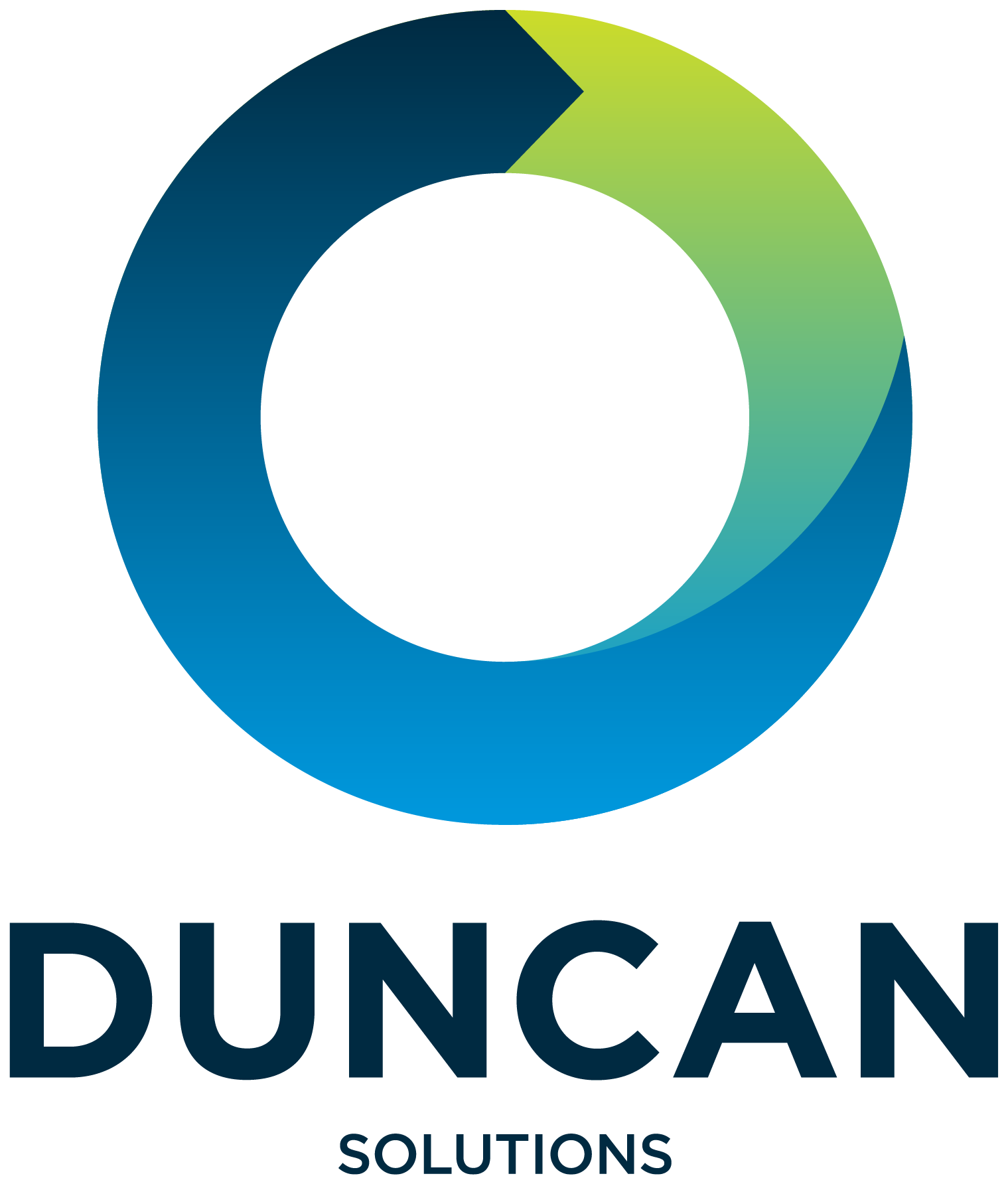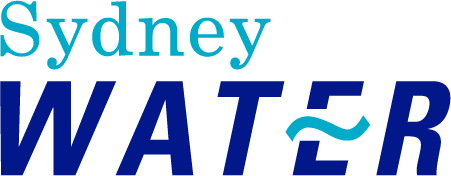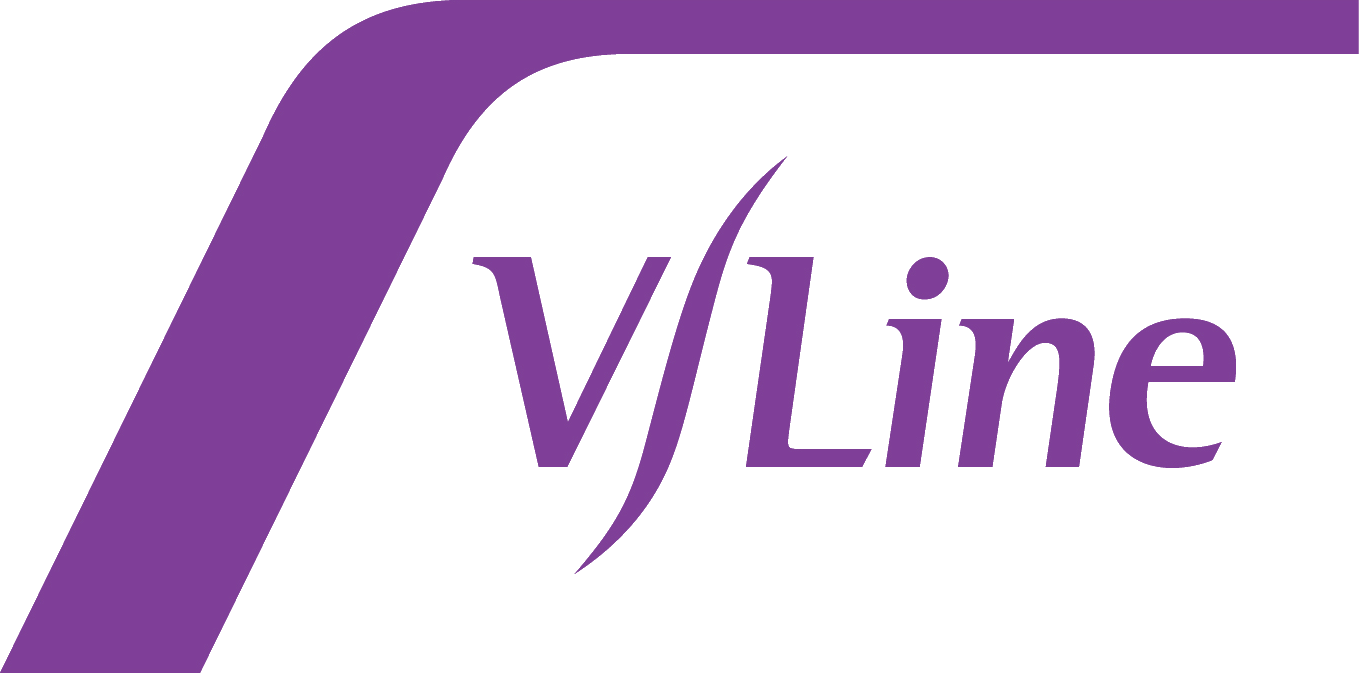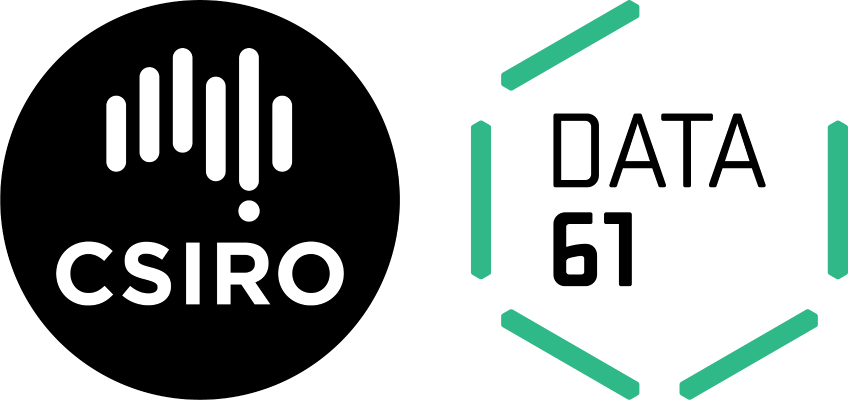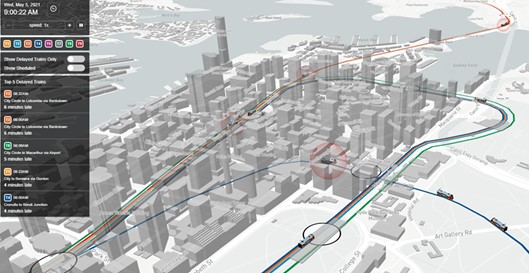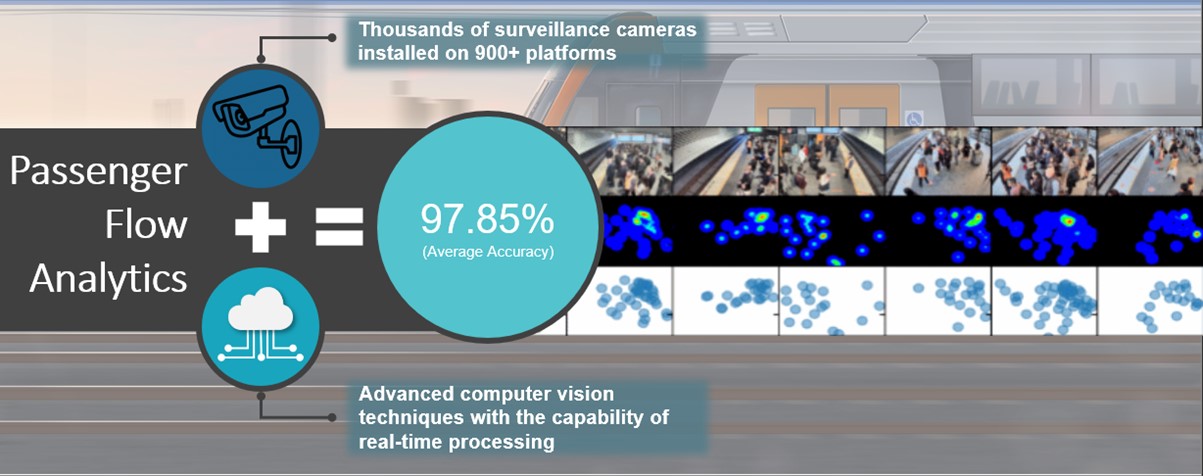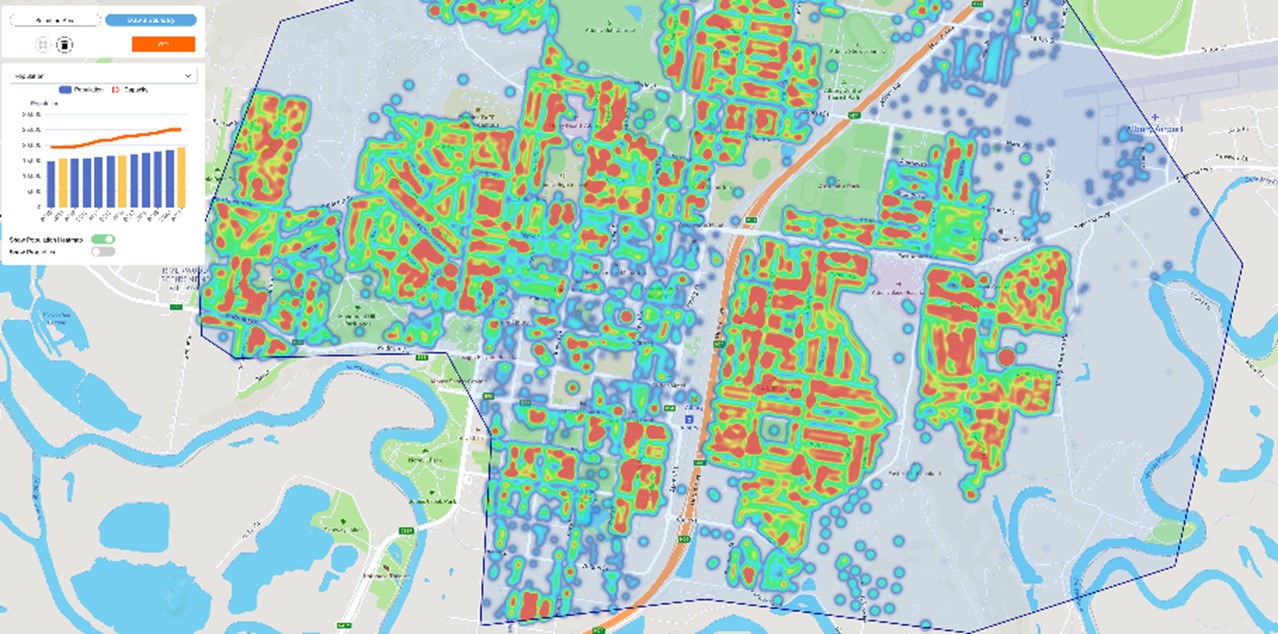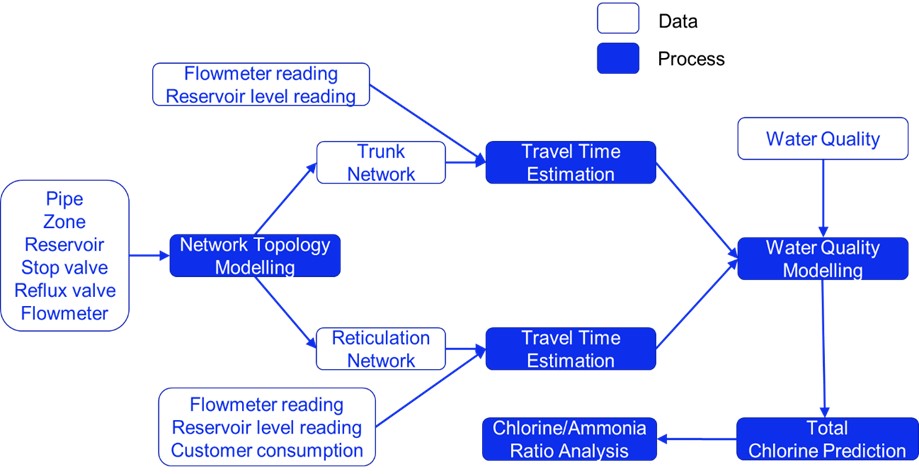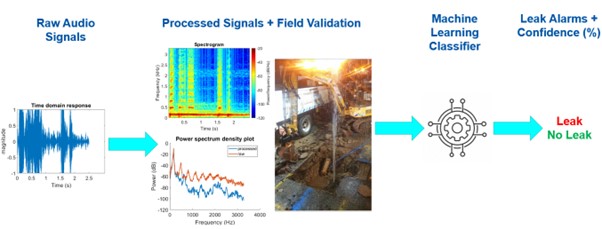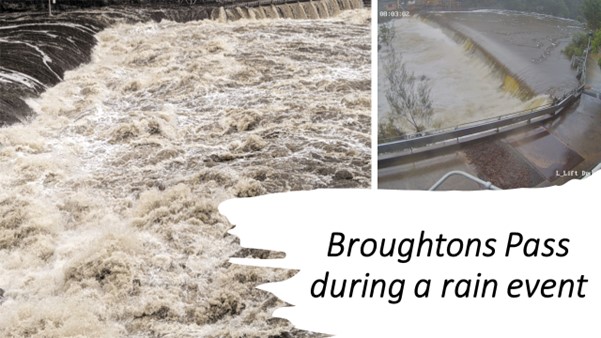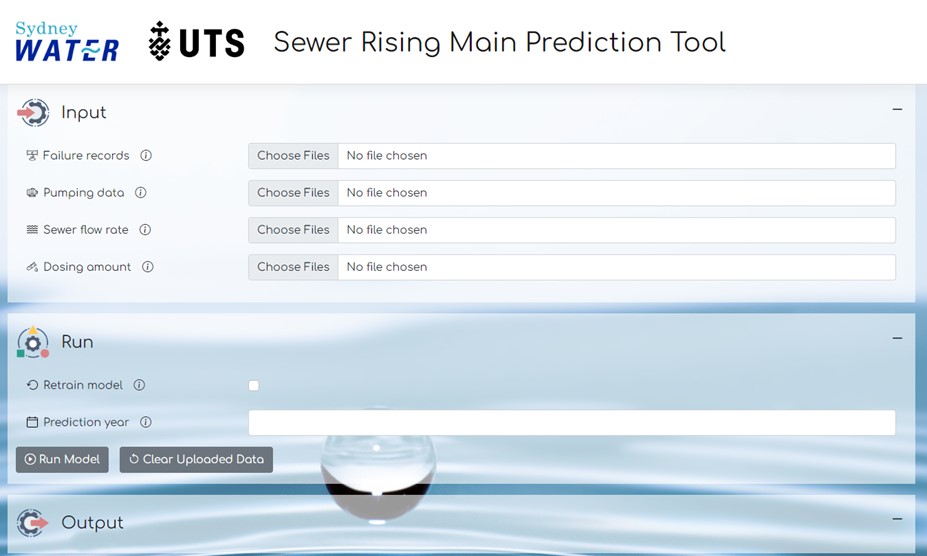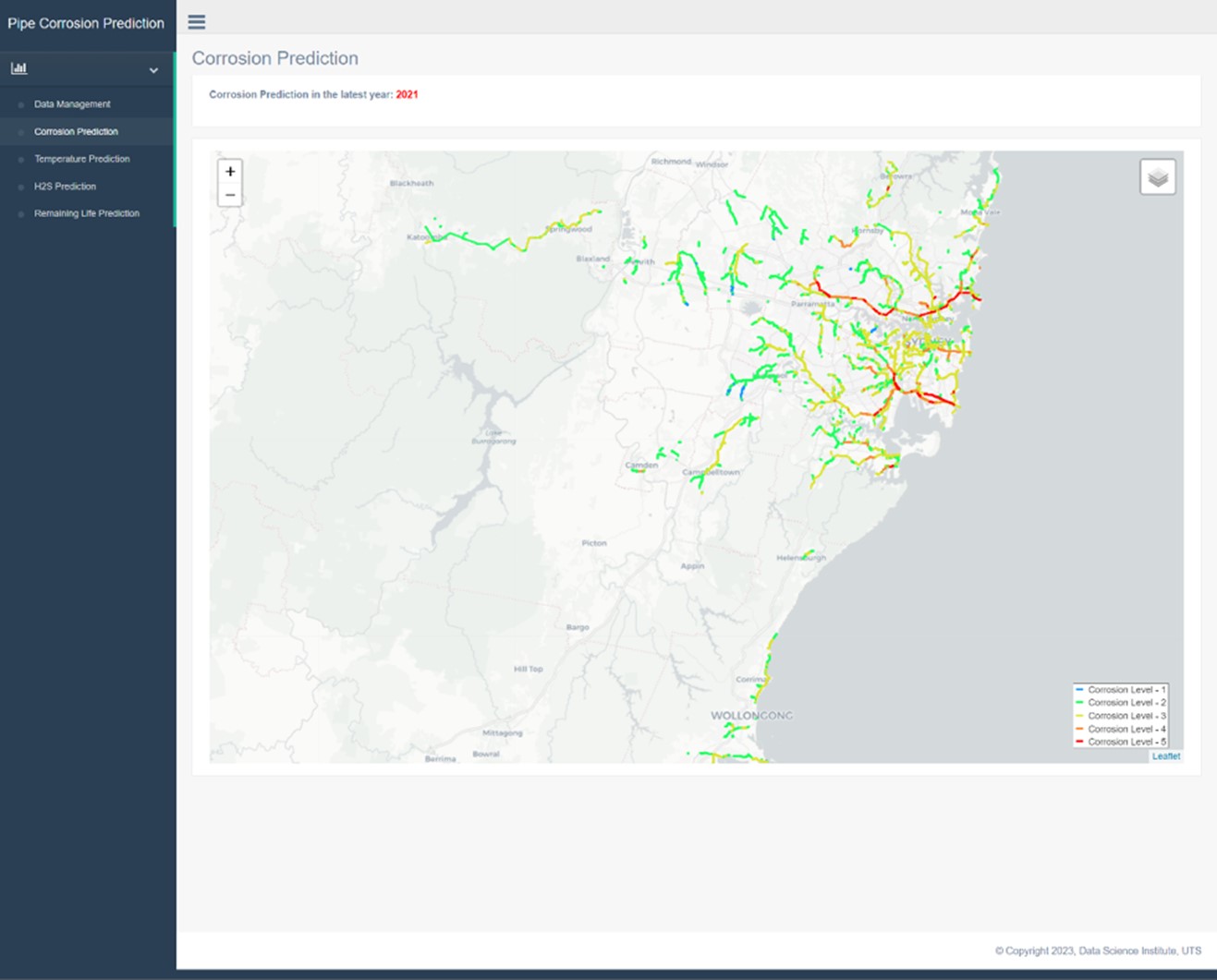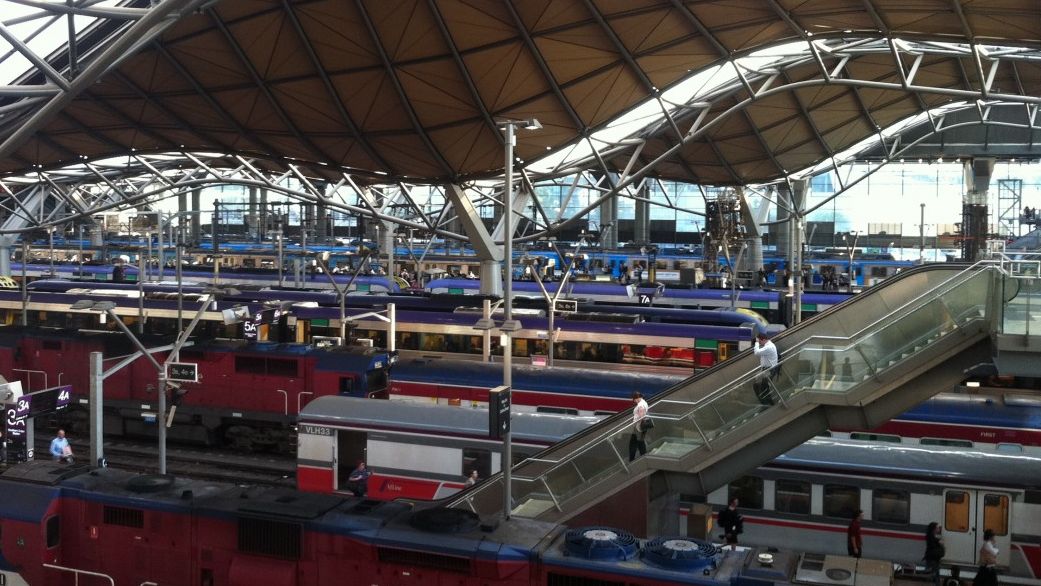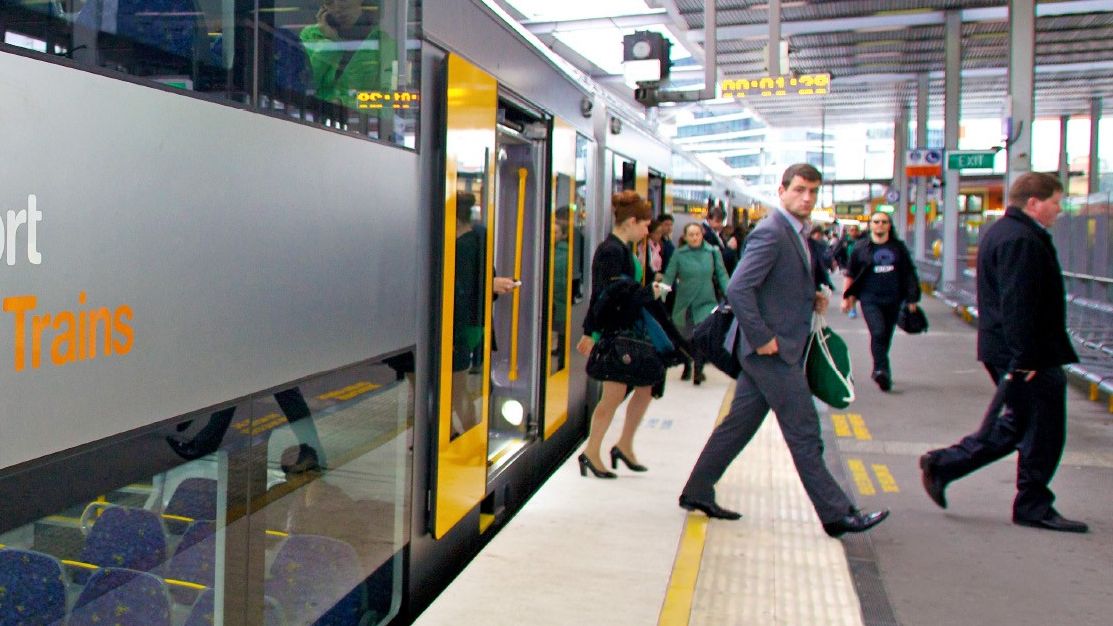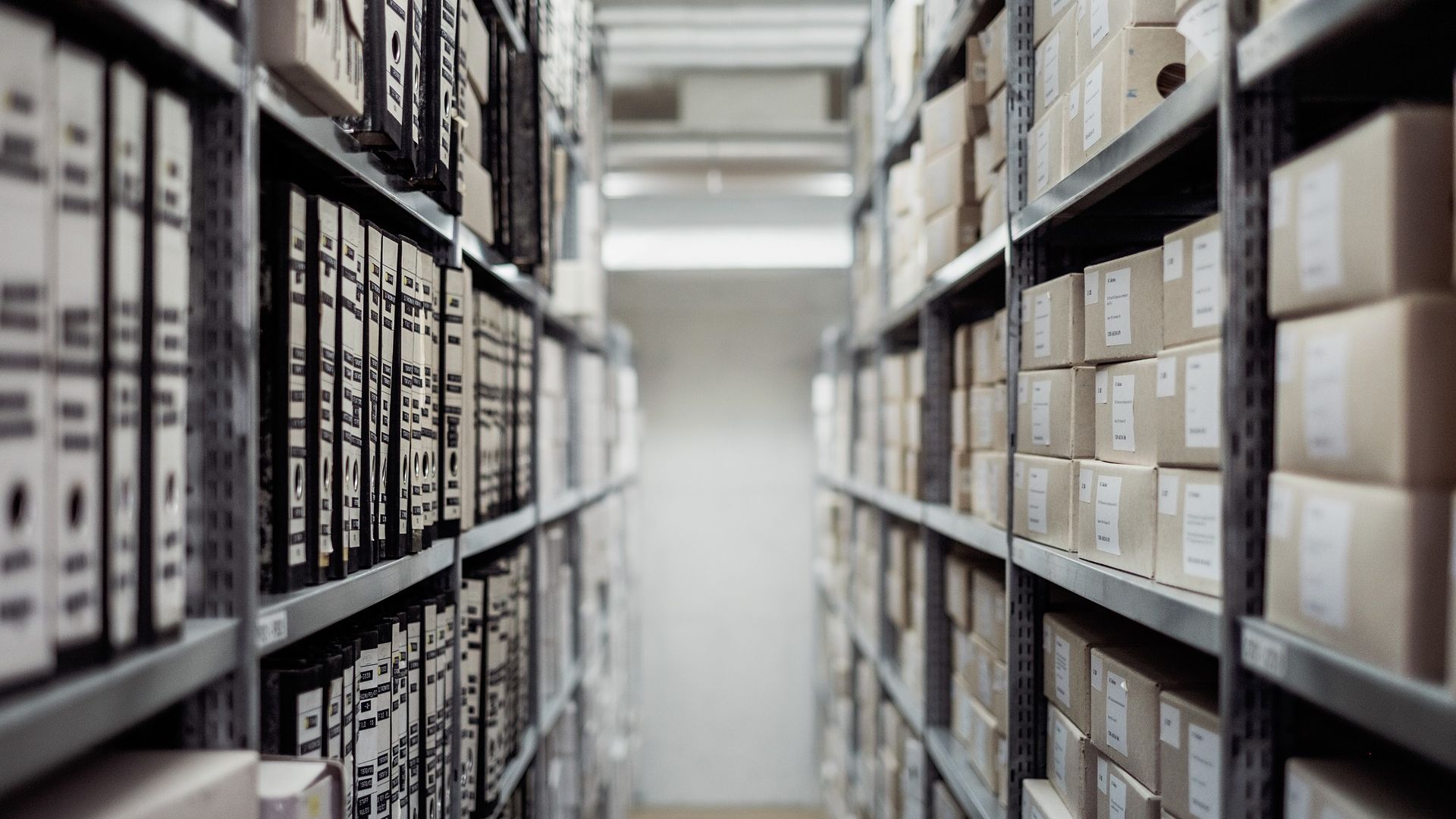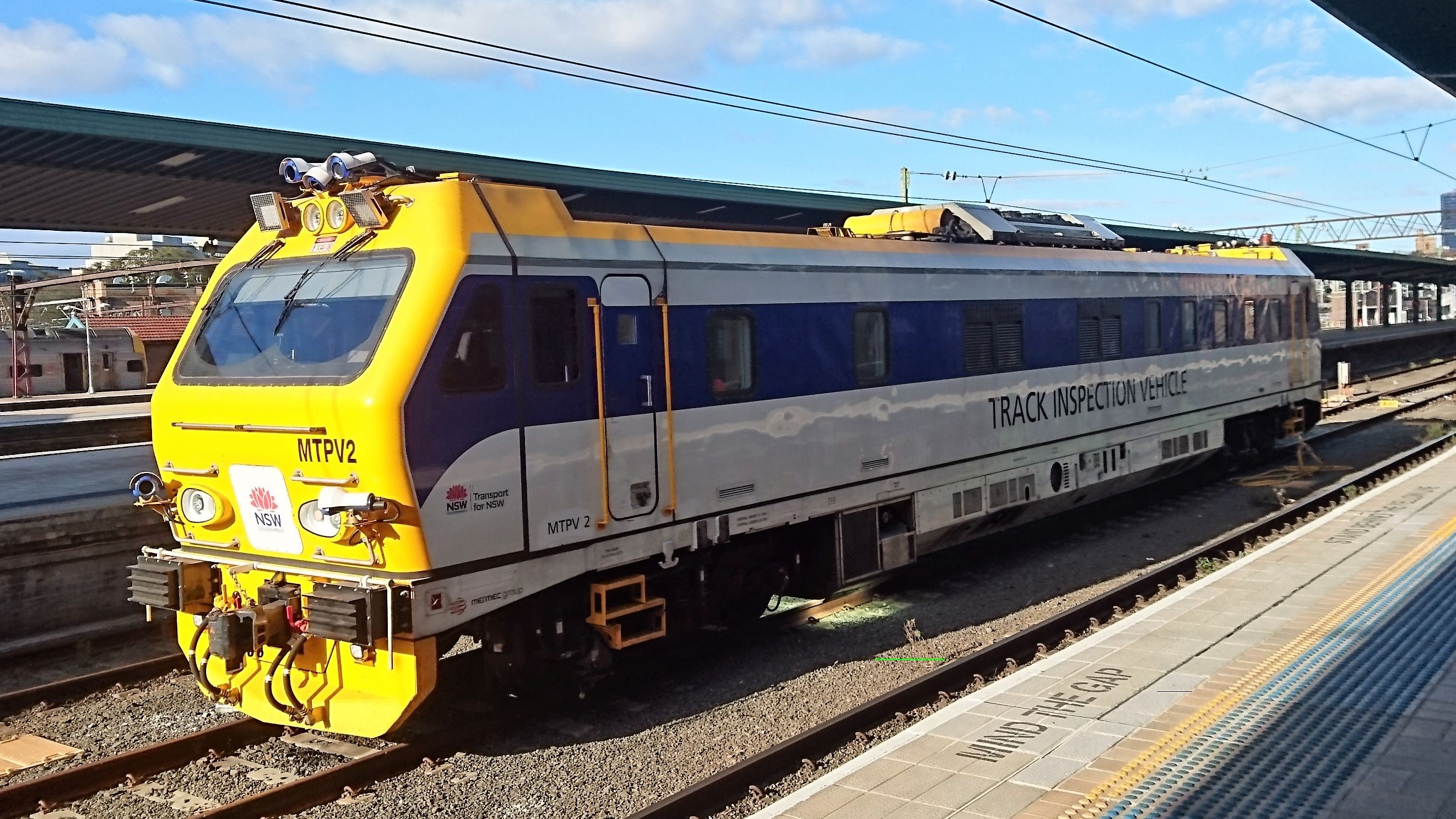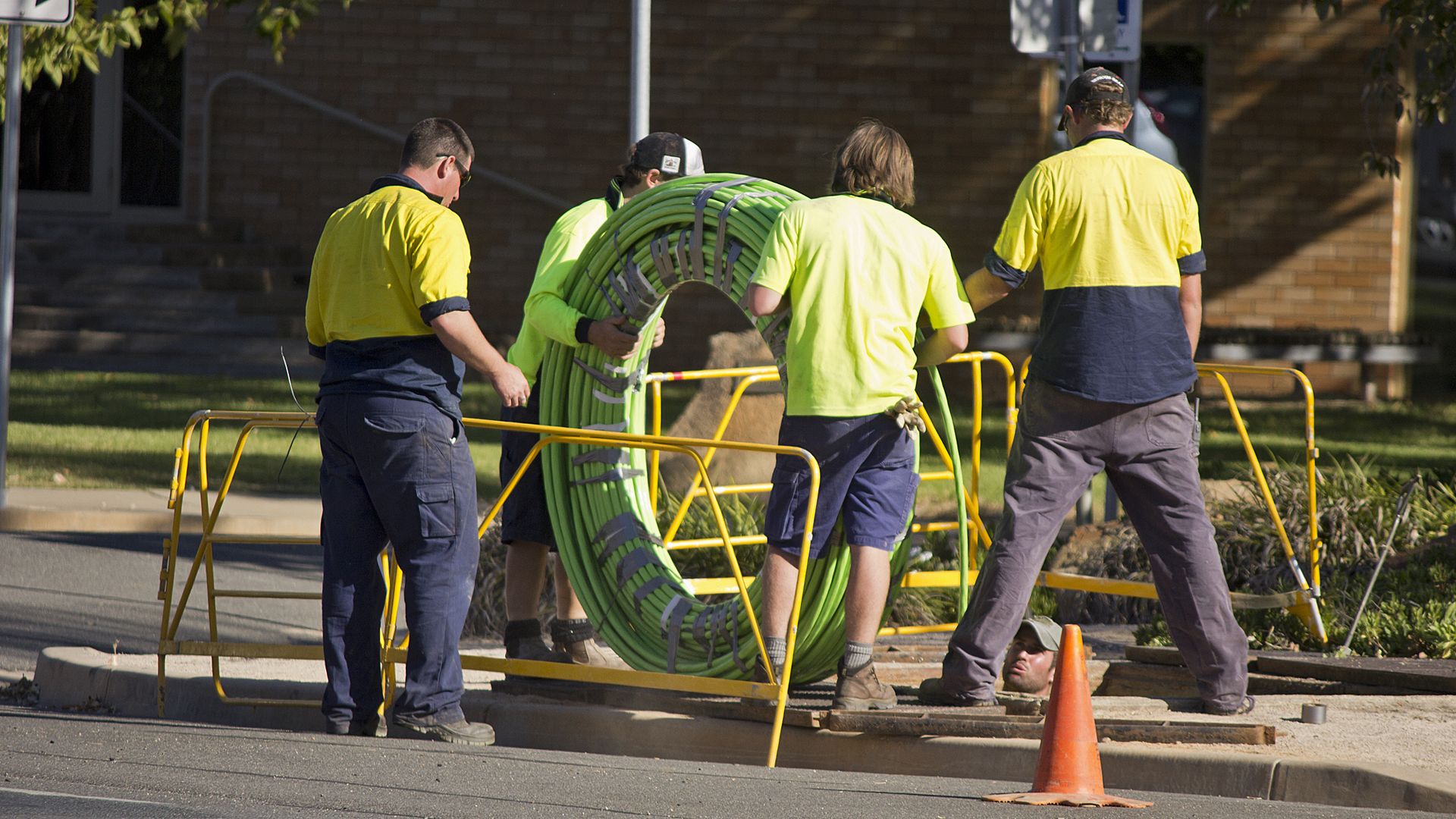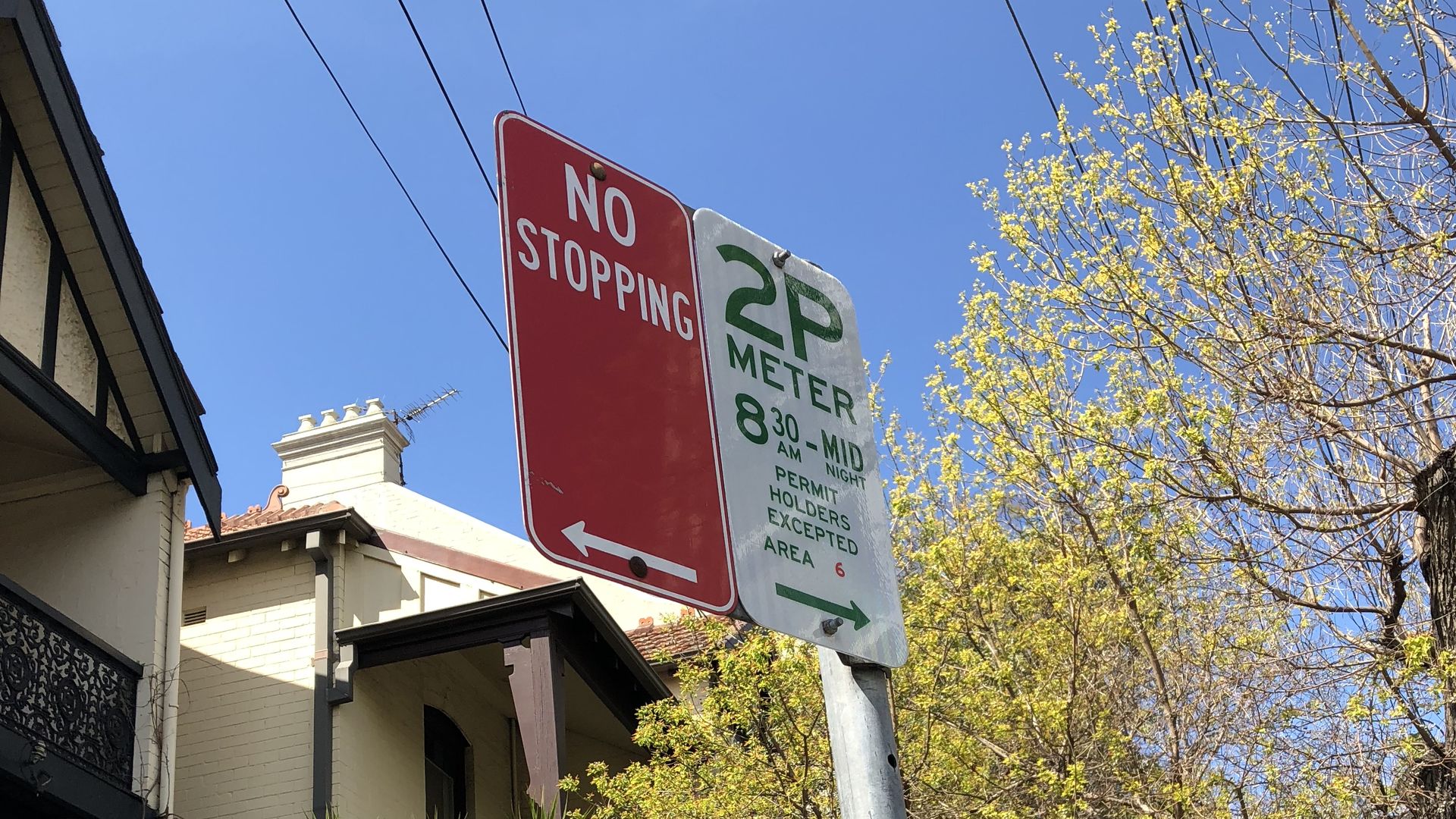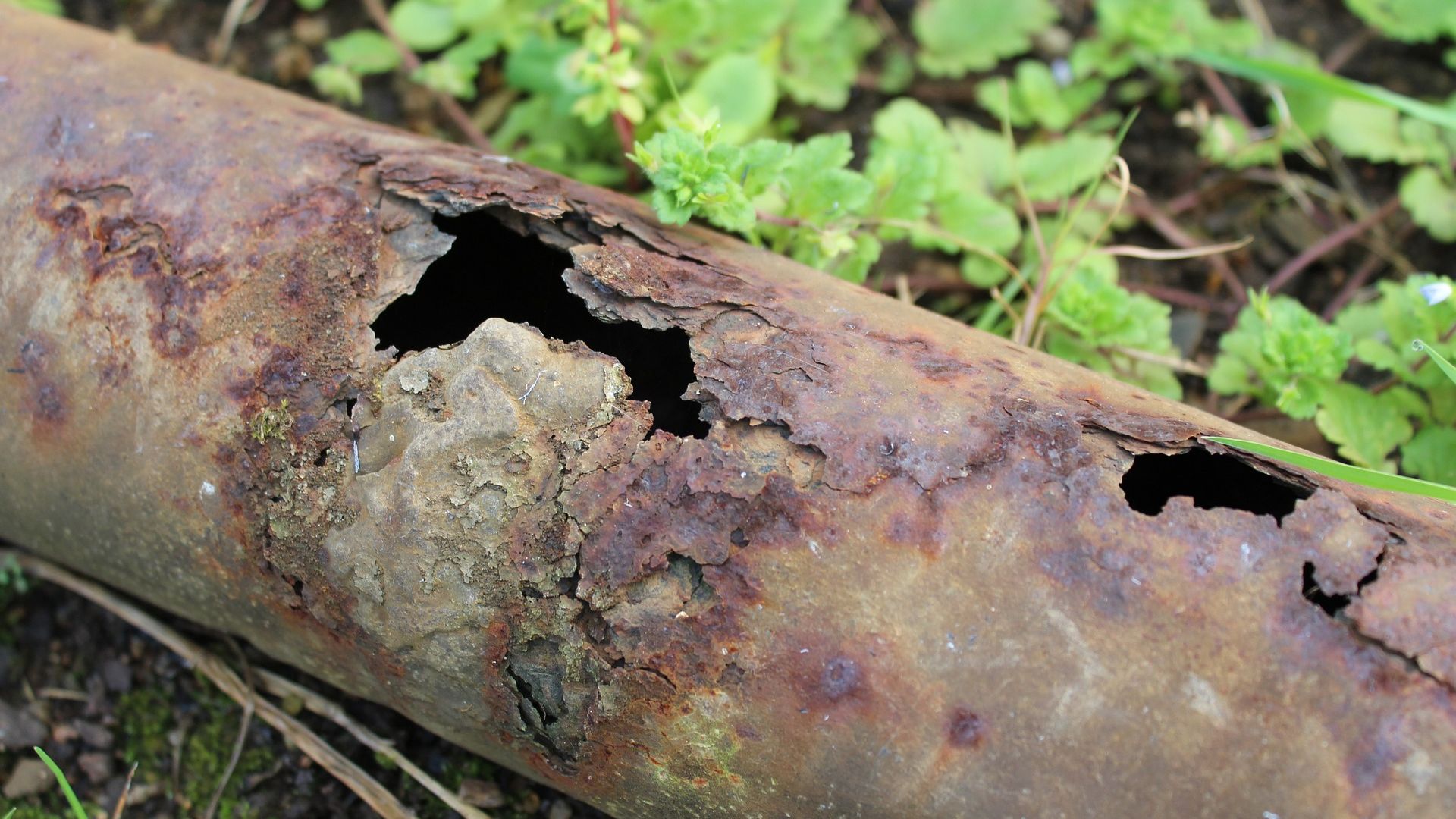Trains are an important means of transportation which serve millions of residents in mega cities. In order to keep the operation running smoothly, the performance of trains, e.g., punctuality and fuel efficiency, need to be reasonably predicted beforehand. Then the operator can carry out timely adjustments on train operation, for example, changing timetable to prevent further delays, planning maintenance to reduce faults, and giving extra time for overcrowded stations, based on the insightful predictions we provided. Modelling such operations, traditionally, is barely possible due to the large varieties of factors, such as complicated train network, unexpected incidents, human activities, etc. Therefore, the outcome of this project aims to build the platform to continuously analyse the train performance and furthermore give reasonable suggestions to the operator by agilely aggregating massive data source.
The solution is built on innovative machine learning techniques including retrieval techniques, ensemble models, monitoring system, and continuous evaluation. The innovated platform can aggregate different types of data sources in an agile manner with minor data format adjustments. It has involved more than 100 factors, from days to seconds, and it will be providing more insights for any hypothesis suggested by experts or knowledge discovered by additional data.

